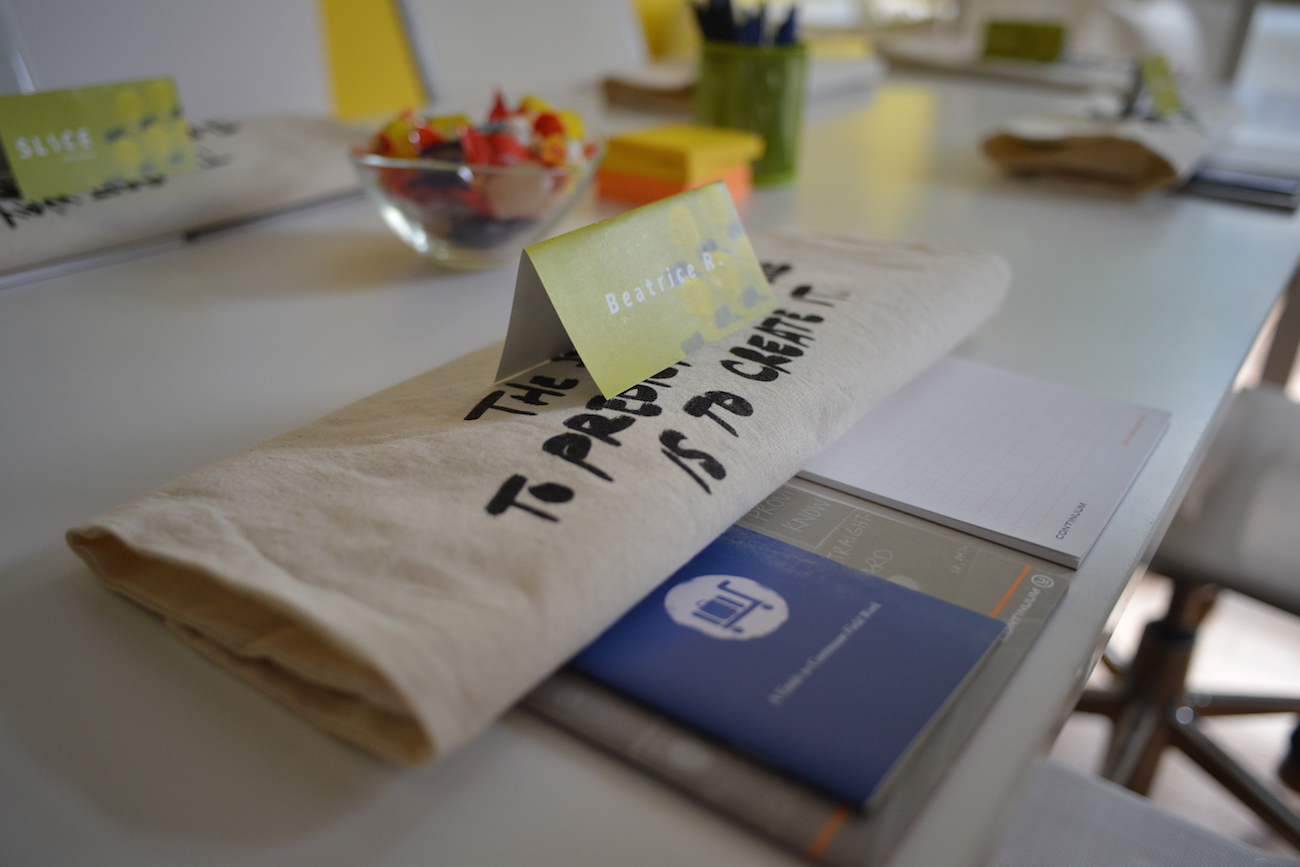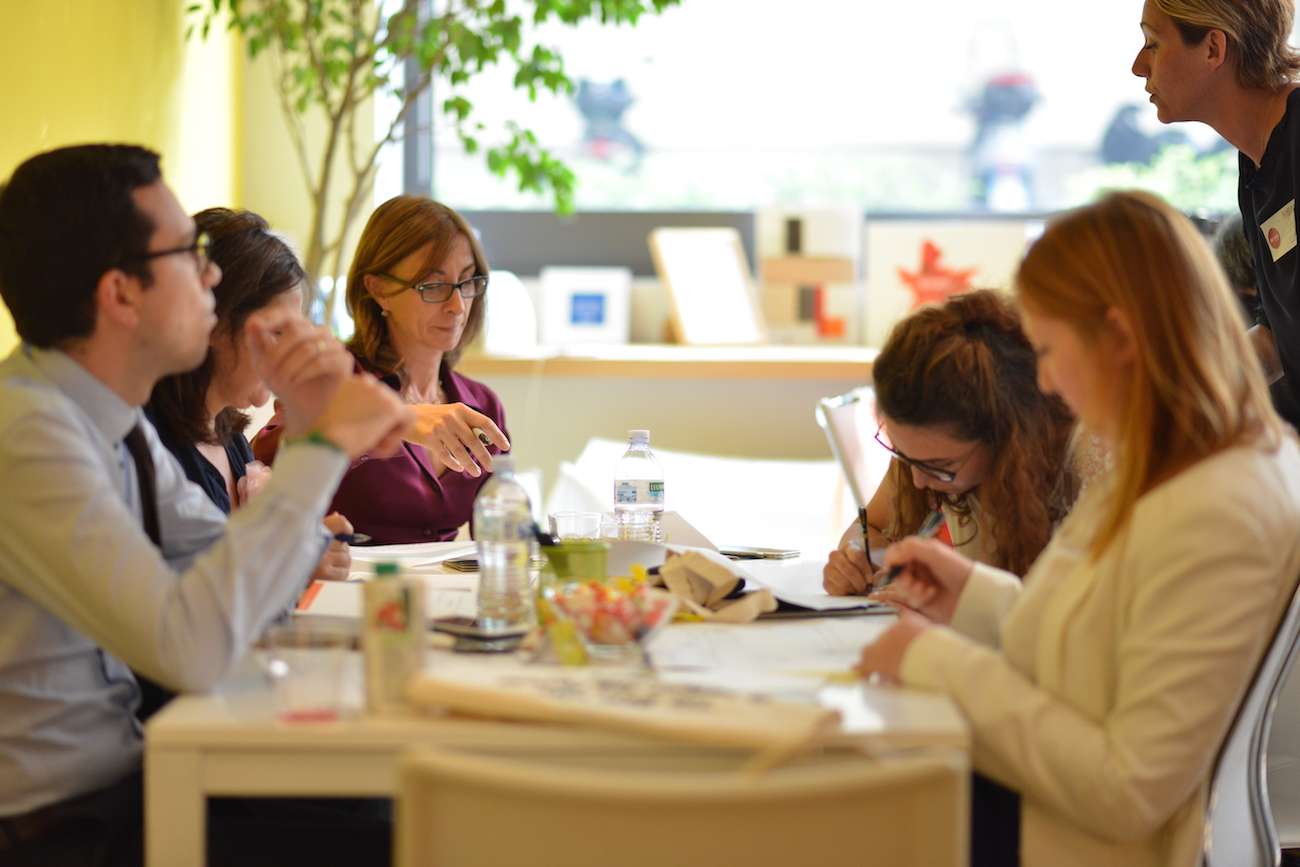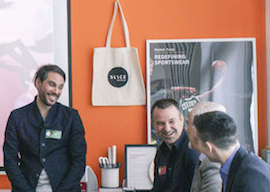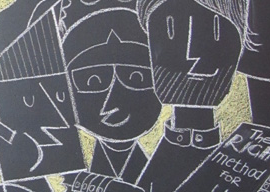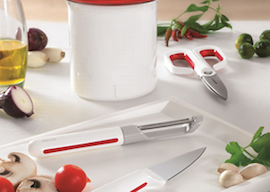Over the last six months, the Milan team has welcomed 300 people into our studio for a five-part event we called SLICE OF INNOVATION. Inspired by the 2015 Milan Expo, SLICE examined opportunities for improving lives through innovations in food, health, and wellness. The events featured guest speakers from Italian chocolatier and confectionery products manufacturer Ferrero, beer maker Ceres-Royal Unibrew, food and nutrition company Nestlé, and health wearable start-up Empatica.
It all started in May with SLICE OF GENERATIONS—a collaborative talk about how to design for the next era of consumers, Generation Z.
In June and September, participants at SLICE OF PIZZA and SLICE OF GELATO got to dig deeply into the theme of edible innovation, reinventing two classic Italian foods in a design-thinking workshop setting.
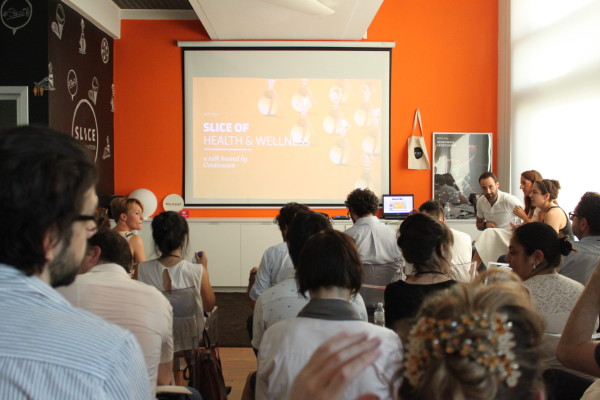
Our second talk, held in July, was called SLICE OF HEALTH AND WELLNESS. At this event, we examined where the health industry will head next—from embracing new digital health tracking, to building wellness brands, to saving lives with human analytics technologies.
But the most inspiring SLICE event of them all was our final one, SLICE OF STORIES. We didn’t want another case study showcase for our wrap-up; case studies offer many insights, but they don’t say it all. Instead, the Continuum Milan team decided to give everyone a chance to experience for themselves Continuum’s design approach—not only how we come up with great ideas, but how we make them real.

So we cast open our studio doors to the innovation community at large for an interactive tour. Guests moved through the full space of our studio, where the innovation process was brought to life through the lens of a fictional project: designing a combined product and service at the intersection pharma, fitness, and beauty. In the context of this imaginary project, Continuum’s designers explained the methods, frameworks, and approaches behind each stage of their process: discovery, envisioning, and design.
“Having the process laid-out so clearly makes you think anyone can do it—but I know that it takes some magic and knowledge to find the next framework, the right one.” —Sara Jane
It’s no surprise that, during the course of this tour experience, guests had many questions. It occurred to us that others may have the same questions, so we’ve decided to share a FAQ with our answers.
How much time does it take to move through the overall process?
Every project and every client is different. That said, a project that encompasses all three phases generally takes about four to six months, depending on the complexity of the project, and involves various members of a multidisciplinary team at different parts of the process.
How many of your projects cover the full process?
In recent years, the Continuum Milan team has been working more and more on the first part of the process—applying a strong focus on the strategy behind ideas, rather than having the spotlight on ideas alone.
What’s your typical project?
There is wide variety in the industries in which we work and the kinds of challenges we tackle. But if we had to generalize, we’d bucket our projects into three different types. Frequently, we are asked to lead innovation and service workshops, to help companies nurture their internal design resources. Aside from workshops, we think about projects in terms of where they fall on the continuum of the innovation process. (Hence our name!) Many projects focus on developing a design strategy—at the front-end of the innovation process—whereas other projects focus on designing a particular product or service, at the back-end.
Whether our clients are looking to make incremental improvements to existing offerings, or develop something entirely new and disruptive, we work within their needs, resources, and constraints to help clients tackle their design challenges and bring their ideas to life.
And although we are able to enter in at any stage of a client’s innovation process, we always encourage clients to engage with us in what we call “Phase Zero,” in which we step back and ensure that we’re asking the right question at the start. This has led to some of Continuum’s greatest achievements, including the Swiffer and Reebok Pump.
How many interviews are enough?
From 30 years of experience, we have found that interviewing five to seven participants within the same context is enough to identify patterns. The key is to define your target consumer, and to ensure interviewees are well-selected. This requires finding a good screener and hiring a reliable recruiting agency.
Who are your clients?
Continuum has five design studios around the world. Our studio in Milan attracts clients in Italy, as well as internationally. Because of the breadth of our capabilities, we are able to help companies from a wide range the industries—including healthcare and medical devices, financial services and insurance, food and beverage, consumer goods, and restaurant and retail services.

